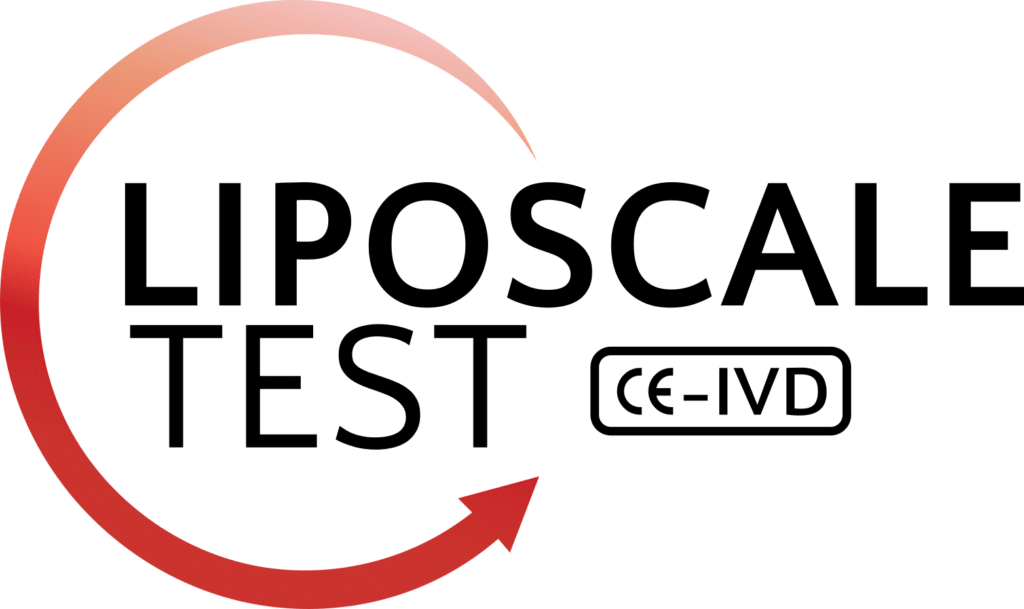Abstract
Background and aims: The first line of therapy in children with hypercholesterolaemia is therapeutic lifestyle changes (TLSC). The efficacy of lifestyle intervention in children with familial hypercholesterolaemia (FH), where LDL-C levels are genetically driven, deserves a focused study.
Aims: To evaluate the impact of a lifestyle education program, focused on food patterns and physical activity, on lipid profiles assessed by nuclear magnetic resonance (NMR) in children with FH vs. non-FH.
Methods: Phase 1 was a cross-sectional study of baseline characteristics, and phase 2 was a prospective TLSC intervention study. In total, the study included 238 children (4 to 18 years old; 47% girls) attending the lipid unit of our hospital due to high cholesterol levels. Eighty-five were diagnosed with FH (72% genetic positive), and 153 were diagnosed with non-Familial hypercholesterolaemia. A quantitative food frequency questionnaire (FFQ) including 137 items was used. Physical activity (PA) was assessed by the Minnesota questionnaire. The lipid profile was assessed using the 2D-1H-NMR (Liposcale test). A total of 127 children (81 in the FH group) participated in the prospective phase and were re-assessed after 1 year of the TLSC intervention, consisting of education on lifestyle changes delivered by a specialized nutritionist.
Results: The FH and non-FH groups were similar in anthropometry and clinical data, except that those in the FH were slightly younger than those in the non-FH group. Both the FH and non-FH groups showed a similar diet composition characterized by a high absolute calorie intake and a high percentage of fat, mainly saturated fat. The PA was below the recommended level in both groups. After one year of TLSC, the percentage of total and saturated fats was reduced, and the amount of fiber increased significantly in both groups. The percentage of protein increased slightly. The number of children engaged in at least 1 hour/day of PA increased by 56% in the FH group and by 53% in the non-FH group, and both these increases were significant. The total and small-LDL particle numbers were reduced in both groups, although the absolute change was greater in the FH group than in the non-FH group.
Conclusions: Educational strategies to implement TLSC in children lead to empowerment, increased adherence, and overall metabolic improvement in children with high blood cholesterol, including those with FH.


